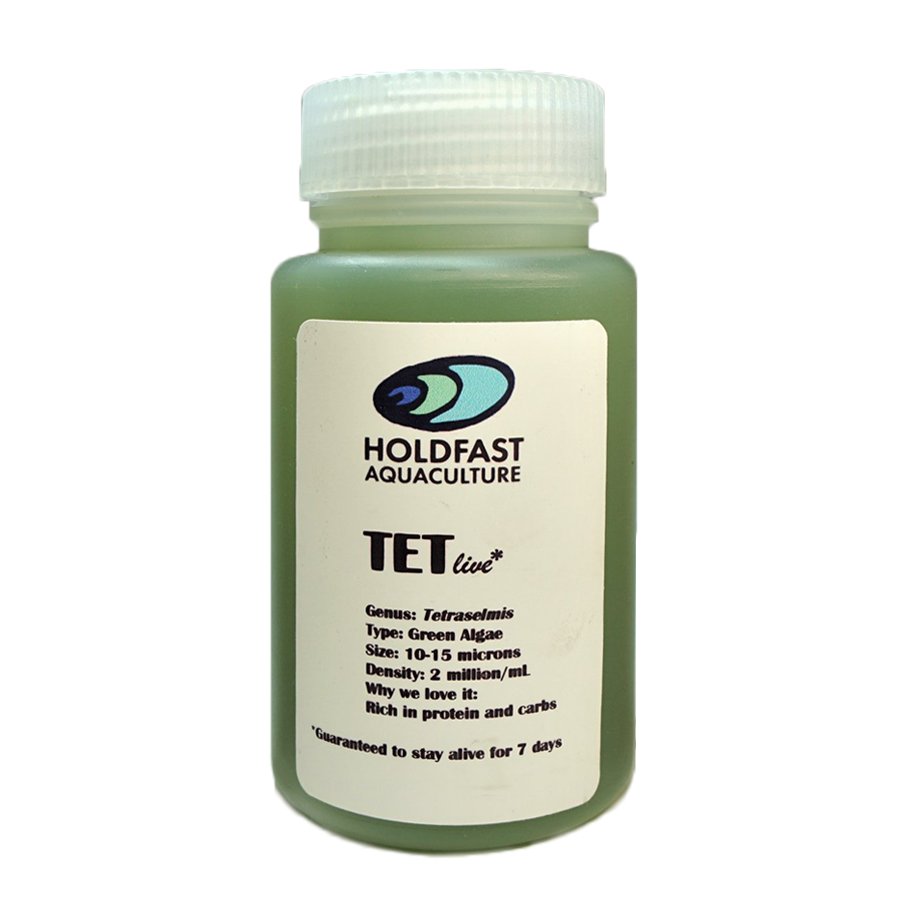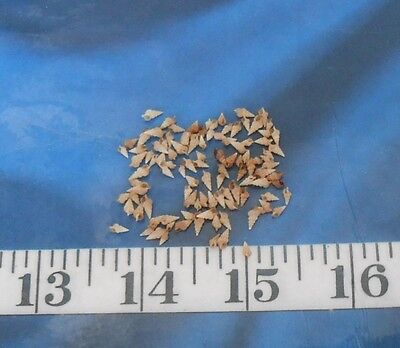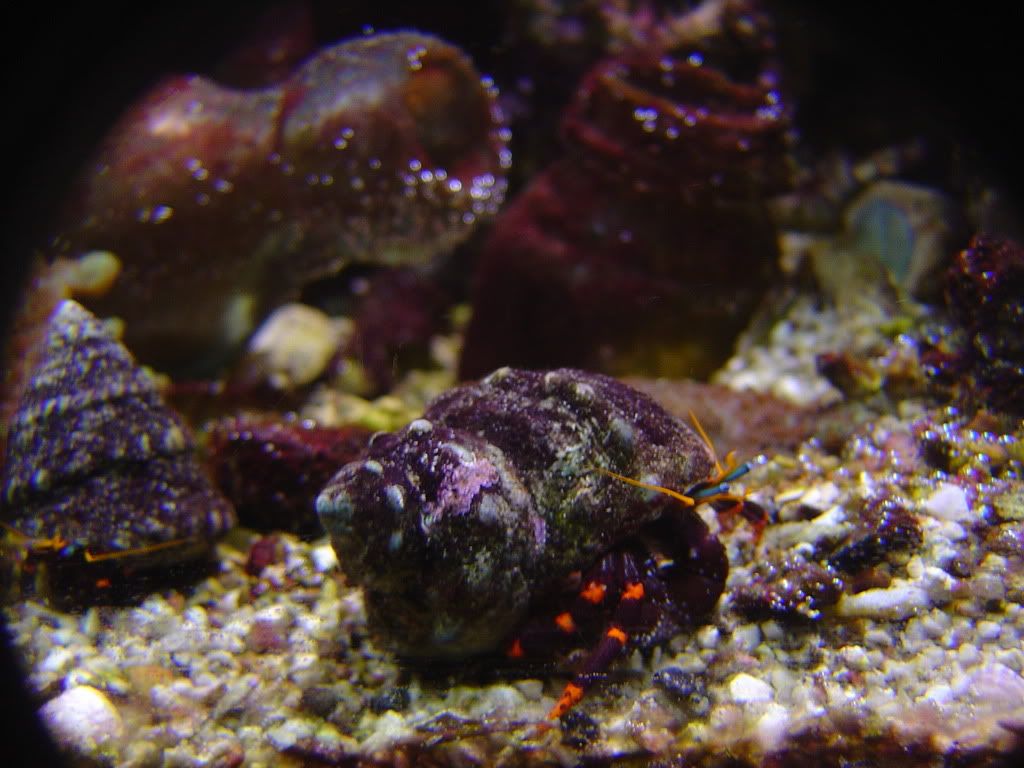Navigation
Install the app
How to install the app on iOS
Follow along with the video below to see how to install our site as a web app on your home screen.
Note: This feature may not be available in some browsers.
More options
You are using an out of date browser. It may not display this or other websites correctly.
You should upgrade or use an alternative browser.
You should upgrade or use an alternative browser.
Blue leg hermit crab expecting babies?
- Thread starter clownfishmama
- Start date
- Tagged users None
BumpWhen it was stretching I saw some orangeish reddish balls along its back are these eggs?
- Joined
- Mar 19, 2018
- Messages
- 128
- Reaction score
- 173
Could be, rearing hermit crabs in captivity is incredibly difficult thoughWhen it was stretching I saw some orangeish reddish balls along its back are these eggs?
Should I put it in a breeder box? I’ll try and rear them. And when do I expect for the babies to be born
- Joined
- Mar 19, 2018
- Messages
- 128
- Reaction score
- 173
AFAIK nobody has successfully raised the larvae of blue legged hermits before, and if they were to, a breeder box wouldn't cut it. They would require a dedicated setup just to larval rearing, which is difficult to make especially since this has never been accomplished so far. I know people have successfully raised terrestrial hermit crabs before, so that may be a place to start looking at rearing setups.Should I put it in a breeder box? I’ll try and rear them. And when do I expect for the babies to be born
You'll want a larval rearing tank (sounds fancier and more complicated than it is), and you'll need both brine shrimp nauplii (Baby Brine Shrimp) and shells for them to settle into - the shells are likely the hardest part.Should I put it in a breeder box? I’ll try and rear them. And when do I expect for the babies to be born
For a very simple larval rearing tank, take a container, put saltwater in it, add an airstone/gentle sponge filter, and - if needed - a heater that is blocked off by a fine mesh (preferably less than 40 microns).
Some larvae may need more than just room-lighting/ambient lighting too, but, IIRC, I don't believe these do.
Anyway, once you have the tank set up, you basically just add the larvae (probably easier in this case to add the hermit with the eggs and just pull it out once the eggs have hatched), add the baby brine shrimp, add some phytoplankton (like Tetraselmis or Isochrysis) to tint the water green (this is done for a number of reasons I can explain if you want), and watch - as they grow, you may need to increase the size of the food you're offering them, and once they get to settlement you'll want to start offering regular fish food.
To summarize:
-Little, simple tank.
-Add hermit larvae.
-Add baby brine shrimp (food) and phytoplankton.
-Adjust feeding as needed as the larvae grow; start feeding regular fish food in addition to the brine shrimp around settlement.
-Add tiny shells for larvae to settle into.
-Adjust shell size as needed as settled juveniles grow.
For an example of a simple larval rearing setup:

Breeding Palaemon Elegans (Mediterrane Rock Pool Shrimp) Guide
Hi, Im going to post a breeding guide of palaemon elegans shrimps here. Two females are preparing for spawning so if you are interested you may want to stick with me. This breeding guide will be interchangable for every kind of shrimps but i stick elegans because: - With cleaner shrimp we are...
 www.reef2reef.com
www.reef2reef.com
Once you've got the crabs spawning, I'd assume the shells would be the hardest part (as mentioned above). Hermit crabs of a variety of different genera and species have actually been reared with some frequency in laboratory settings, but to my knowledge they rarely get the crabs to actually settle past the megalopa or glaucothoe stages (likely due to the lack of shells). Rearing them to that point, however, typically only takes Artemia nauplii (Baby Brine Shrimp)
For the shells, you could either try to breed your own snails for the shells, or you could make your own (3D-print or hand make). The first requires the right kind of snails while the second requires you to shape the inside of the shell in a way that is preferred by the hermits (the inside is the most important part - they don't seem to care much about the outside - and you'd need to imitate their preferred snail shell interior to the best of your abilities). Both methods would require you figuring out the proper size of shell for the hermits - if there's a specific species you'd like to breed, you could estimate size based on the average larval hermit size for that species at the time they go to molt to leave the megalopa/glaucothoe stage and enter the first crab stage.
some megalopa stage hermit crabs have a carapace length of 0.8 to 1.0 mm (and some may be even smaller than that). So, you may need shells in the 1.0-2.0 mm range as well.
Hermits will accept glass shells - again, as long as the inside is right, they'll usually take it (though there have been studies showing that the hermits will be more likely to accept a shell if you coat it in calcium carbonate).
I'll see if I can't dig up some info on a timeframe for your eggs and on preferred shells for these, but that's all I've got for now.For the specifics of the feeding and rearing tank stocking, it seems most labs stock ~100 hermit larvae per liter, and the only report I found that listed the amount of BBS fed used ~5,000 nauplii per liter (so roughly 50 nauplii per hermit).
You may see better survival with copepods, but start with the Artemia (brine shrimp) since that has a proven track record with hermits at this point.
___________________________________________________________________________________
Edit: Found the shells - these guys prefer Cerithium spp. shells - so Cerith shells are their preferred shells. Assuming you can't get a ton of the shells in small enough sizes, you can imitate/DIY these in a few different ways - silicone molds (take a mold of the interior; cover the mold with a sturdy material and remove the interior mold before the material finishes curing/drying); 3D printing, DIY rock, sculpted from clay, etc.; figuring out which material is best to provide sturdy yet lightweight shells may take some experimentation.
Also, keep in mind that it's best if you imitate the shells as they would actually be at the size you need (an adult snail shell will have more spirals and such then a young snail; the hermits will likely prefer the shell of the snail as they would find it in the wild).
If you don't have any access to tiny shells of the species, then let me know or look up what the shell would be like at those sizes and imitate it as best as you can.
As a note, the shells of the adult hermits (particularly the females) also plays a major role in their reproduction, seriously impacting the number of eggs they carry in a clutch.
I can't find a timeframe on the hatching for these guys, but they reportedly hatch after lights out (which is fairly common).
Last edited:
About impossible in a home tank. But good luckShould I put it in a breeder box? I’ll try and rear them. And when do I expect for the babies to be born
Oh wow, thank you very much! My father suggested I leave it and let the fish eat the eggs. But I plan to do this sounds like a challenge but I'm willing!You'll want a larval rearing tank (sounds fancier and more complicated than it is), and you'll need both brine shrimp nauplii (Baby Brine Shrimp) and shells for them to settle into - the shells are likely the hardest part.
For a very simple larval rearing tank, take a container, put saltwater in it, add an airstone/gentle sponge filter, and - if needed - a heater that is blocked off by a fine mesh (preferably less than 40 microns).
Some larvae may need more than just room-lighting/ambient lighting too, but, IIRC, I don't believe these do.
Anyway, once you have the tank set up, you basically just add the larvae (probably easier in this case to add the hermit with the eggs and just pull it out once the eggs have hatched), add the baby brine shrimp, add some phytoplankton (like Tetraselmis or Isochrysis) to tint the water green (this is done for a number of reasons I can explain if you want), and watch - as they grow, you may need to increase the size of the food you're offering them, and once they get to settlement you'll want to start offering regular fish food.
To summarize:
-Little, simple tank.
-Add hermit larvae.
-Add baby brine shrimp (food) and phytoplankton.
-Adjust feeding as needed as the larvae grow; start feeding regular fish food in addition to the brine shrimp around settlement.
-Add tiny shells for larvae to settle into.
-Adjust shell size as needed as settled juveniles grow.
For an example of a simple larval rearing setup:
For specific info on hermit rearing:
Breeding Palaemon Elegans (Mediterrane Rock Pool Shrimp) Guide
Hi, Im going to post a breeding guide of palaemon elegans shrimps here. Two females are preparing for spawning so if you are interested you may want to stick with me. This breeding guide will be interchangable for every kind of shrimps but i stick elegans because: - With cleaner shrimp we are...www.reef2reef.com
I'll see if I can't dig up some info on a timeframe for your eggs and on preferred shells for these, but that's all I've got for now.
You may see better survival with copepods, but start with the Artemia (brine shrimp) since that has a proven track record with hermits at this point.
___________________________________________________________________________________
Edit: Found the shells - these guys prefer Cerithium spp. shells - so Cerith shells are their preferred shells. Assuming you can't get a ton of the shells in small enough sizes, you can imitate/DIY these in a few different ways - silicone molds (take a mold of the interior; cover the mold with a sturdy material and remove the interior mold before the material finishes curing/drying); 3D printing, DIY rock, sculpted from clay, etc.; figuring out which material is best to provide sturdy yet lightweight shells may take some experimentation.
Also, keep in mind that it's best if you imitate the shells as they would actually be at the size you need (an adult snail shell will have more spirals and such then a young snail; the hermits will likely prefer the shell of the snail as they would find it in the wild).
If you don't have any access to tiny shells of the species, then let me know or look up what the shell would be like at those sizes and imitate it as best as you can.
As a note, the shells of the adult hermits (particularly the females) also plays a major role in their reproduction, seriously impacting the number of eggs they carry in a clutch.
I can't find a timeframe on the hatching for these guys, but they reportedly hatch after lights out (which is fairly common).
Keep us updated on how it goes!Oh wow, thank you very much! My father suggested I leave it and let the fish eat the eggs. But I plan to do this sounds like a challenge but I'm willing!
Can you maybe link me some sites to find all the stuff I need if not it's fine!Keep us updated on how it goes!
For the brine shrimp and phyto - culturing your own is ideal (it gives you a stable, constant supply that doesn't break the bank), but that may feel too overwhelming at the moment in addition to trying to rear hermit larvae, and you can make do with buying as needed (the phyto is much harder to come by in a pinch than the brine shrimp for these purposes).Can you maybe link me some sites to find all the stuff I need if not it's fine!
If you don't want to try culturing them, then you can buy a thing of brine shrimp eggs and just add enough per day to the tank to feed each hermit larva when the brine shrimp eggs hatch (honestly, you probably wouldn't even need 2 oz for a single batch of hermit larvae if you have a decent hatch rate).
[Ideally, you'd hatch the eggs out of the tank, remove the shells, and add just the nauplii, which you can do in a number of ways (with a hatchery, a net/sieve, or by decapsulating the eggs before adding them), but that is an extra step which I would honestly ignore if it makes the attempt feel more daunting at the moment. You can always worry about this with future attempts.]
I would however, recommend culturing your own phyto regardless of if you want to culture the brine shrimp. Isochrysis would be ideal, but it's notoriously difficult to culture. So, instead, you may want to go with something like Tetraselmis, which should be much easier to culture. If you have somewhere that stays warm and gets plenty of sunlight, you wouldn't need a light for the phyto culture; if you don't have somewhere like that for it, then you would need a light (you can absolutely get a cheap light for this, you definitely do not need a fancy reef light).
For the eggs:
Brine Shrimp Eggs
The universal live feed for all fish fry and invertebrates. Offering Great Salt Lake Artemia, Small Strain, and Decapsulated brine shrimp eggs.
www.brineshrimpdirect.com
For the phyto:

TET Live — Holdfast Aquaculture
Genus: Tetraselmis Type: Green alga Size: 10-15 microns Density: 2 million/mL Why we love it: Rich in proteins and carbohydrates *Guaranteed to stay alive for 7 days upon arrival 10% discount for pick-up and bottle refill orders.
(Amazon links often don't work on here anymore, so if this link doesn't work, it's Mercer of Montana 16 oz Tetraselmis [~500 ml]).
For the food once they're ready to start settling, I'd recommend TDO Chromaboost (probably the X-Small, but possibly Small, depending on the size of the hermits).
For the shells - again, this is the hard part. I don't know how big the hermit you're working with (Clibanarius tricolor) is at it's megalopa stage (the stage it goes to settle at), but looking at other species in the genus, I'd expect them to be around 1-3 mm at the time of settlement. The only place I can find that sells Cerithium (or similar) shells that might work for that size is Cinquantagefleur's ebay shop:

~ Auger/Cerithium Shells ~Vintage~ 100 Micro ~ Shellcraft~ Sailor's Valentines ~ | eBay
Fabulous accents these create in miniature and pocket-watch Sailor's Valentines! They can be positioned in a scallop shape, and they also could be used for flowers and leaves, as well as creating a lovely "rope" look by overlapping the shells in a circular border around a center gallery!
www.ebay.com
Similar threads
- Replies
- 4
- Views
- 134
















